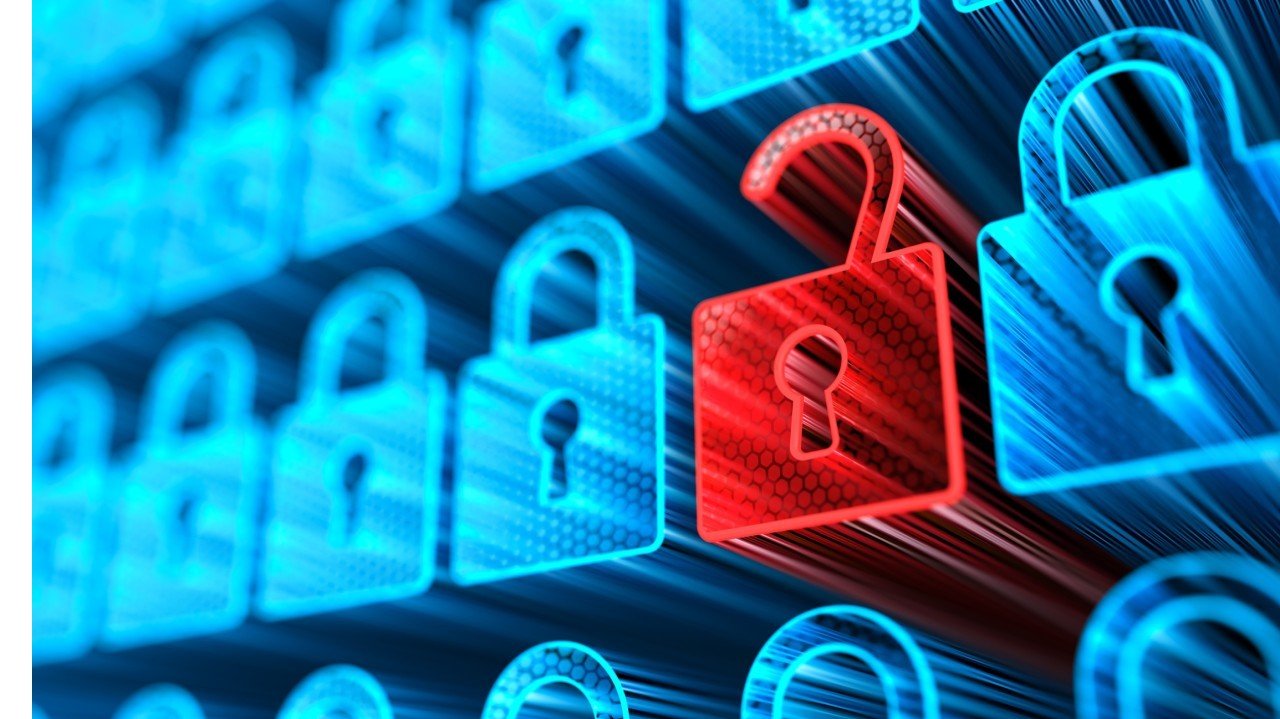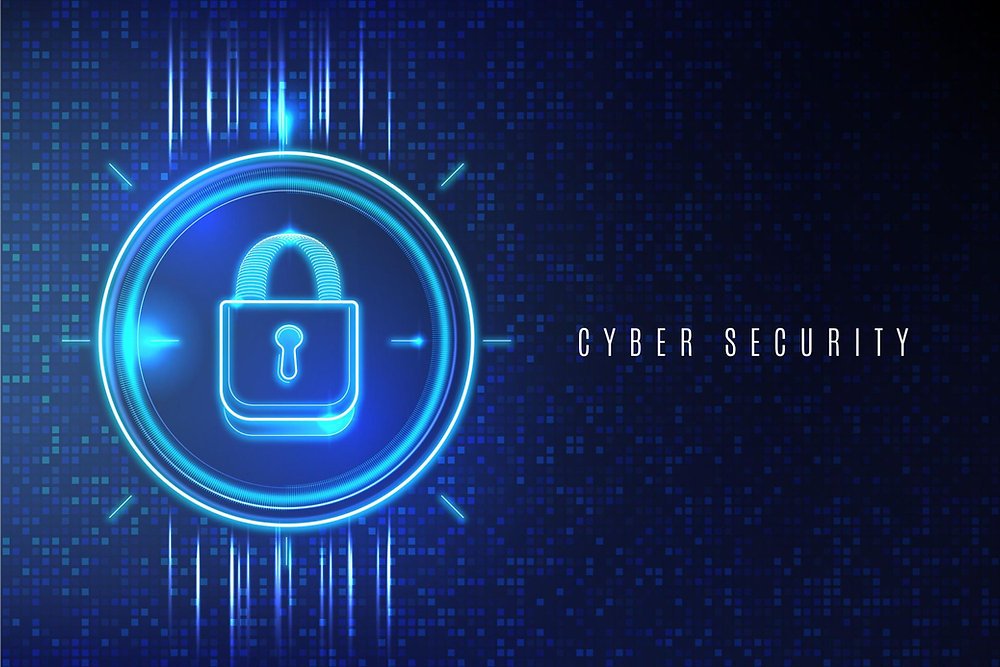Rapidly evolving technological landscape, digital transformation has become a key driver for businesses and organizations to stay competitive and relevant. However, with the benefits of digital transformation come significant cybersecurity challenges. As more processes, data, and interactions move online and into interconnected systems, the attack surface for cyber threats expands, making robust cybersecurity measures more crucial than ever before. Let’s delve into the details of cybersecurity in the age of digital transformation:
Explore the Contents
- 1 Cybersecurity Expanded Attack Surface
- 2 Data Protection
- 3 Cloud Security
- 4 IoT Vulnerabilities
- 5 DevSecOps
- 6 AI and Machine Learning
- 7 Zero Trust Architecture
- 8 Human Factor
- 9 Regulatory Compliance
- 10 Types of Regulations
- 11 Importance of Regulatory Compliance
- 12 Compliance Framework
- 13 Common Regulatory Areas
- 14 Compliance Challenges
- 15 Compliance Process
Cybersecurity Expanded Attack Surface
Digital transformation involves the integration of various technologies, including cloud computing, Internet of Things (IoT) devices, mobile applications, and more. Each of these components presents potential entry points for cyber attackers. Traditional perimeter-based security approaches are no longer sufficient, as the network boundary becomes increasingly blurred.
Data Protection
With the proliferation of digital data, protecting sensitive information has become paramount. Data breaches can result in severe financial, legal, and reputational consequences. Encryption, access controls, and data loss prevention strategies are crucial to safeguarding valuable data throughout its lifecycle.
Cloud Security

Cloud services are a cornerstone of digital transformation, providing scalable and flexible infrastructure. However, securing data and applications stored in the cloud requires a shared responsibility model between the cloud provider and the customer. Implementing proper authentication, encryption, and monitoring mechanisms is essential.
IoT Vulnerabilities
The growth of IoT devices adds complexity to the cybersecurity landscape. Many IoT devices have limited processing power and may lack built-in security features, making them susceptible to exploitation. Organizations must implement stringent device management, network segmentation, and firmware updates to mitigate these risks.
DevSecOps
DevSecOps integrates security practices into the software development lifecycle, fostering a proactive approach to cybersecurity. Automated security testing, continuous monitoring, and collaboration between development, security, and operations teams help identify and address vulnerabilities earlier in the process.
AI and Machine Learning
Artificial intelligence and machine learning technologies are being used to enhance cybersecurity by identifying patterns and anomalies in network traffic and user behavior. However, these technologies can also be exploited by attackers. Adversarial machine learning and bias in AI models are areas of concern that require attention.
Zero Trust Architecture
The Zero Trust model advocates for verifying and securing all individuals and devices trying to access resources, regardless of their location. This approach challenges the traditional “trust but verify” mindset and emphasizes continuous authentication and authorization.
Human Factor

Employees remain a significant cybersecurity vulnerability. Phishing attacks, social engineering, and insider threats can compromise even the most advanced security measures. Cybersecurity awareness training and strong policies around data handling are crucial to mitigate these risks.
Digital transformation often involves cross-border data flows, which can subject organizations to various data protection regulations (e.g., GDPR, CCPA). Ensuring compliance with these regulations is essential to avoid hefty fines and legal consequences.
Regulatory Compliance
Types of Regulations
Regulations can come from various sources, including:
Governmental Bodies
Federal, state, and local government agencies create and enforce laws and regulations that cover a wide range of industries and activities.
Industry Associations
Some industries have self-regulatory bodies that establish guidelines and standards to ensure safety, quality, and ethical practices.
International Organizations
International bodies like the World Trade Organization (WTO) and International Organization for Standardization (ISO) establish global standards and guidelines.
Importance of Regulatory Compliance
Legal Consequences
Failure to comply can result in fines, penalties, lawsuits, and even criminal charges.
Reputation
Non-compliance can damage an organization’s reputation and erode customer trust.
Operational Efficiency
Compliant processes often lead to increased operational efficiency and reduced risks.
Competitive Advantage
Demonstrating compliance can give an organization a competitive edge in the marketplace.
Compliance Framework

A compliance framework outlines the processes and procedures an organization must follow to achieve and maintain regulatory compliance. It includes:
Policies and Procedures
Documented guidelines on how the organization will achieve compliance.
Risk Assessment
Identifying and assessing potential risks related to non-compliance.
Training and Education
Ensuring employees understand regulations and their roles in compliance.
Monitoring and Reporting
Regularly reviewing processes, identifying issues, and reporting to relevant authorities.
Corrective Actions
Implementing measures to address non-compliance and prevent recurrence.
Common Regulatory Areas
Regulations can cover a wide range of areas, including:
Data Protection and Privacy
GDPR, HIPAA, CCPA regulate how personal data is collected, processed, and stored.
Financial Regulations
Sarbanes-Oxley Act (SOX), Basel III, Dodd-Frank Act ensure financial transparency and stability.
Health and Safety
OSHA regulations govern workplace safety and health standards.
Environmental Regulations
Laws like the Clean Air Act and Clean Water Act address environmental protection.
Anti-Money Laundering (AML) and Anti-Corruption
Regulations combat financial crimes and unethical business practices.
Compliance Challenges
Complexity
Regulations are often complex, with frequent updates that require continuous monitoring.
Cross-Jurisdictional Compliance
Multinational organizations must navigate varying regulations across different regions.
Resource Allocation
Achieving compliance may require significant time, effort, and financial resources.
Changing Landscape
As technology evolves, new challenges arise, such as cybersecurity and data breaches.
Compliance Process
The compliance process generally involves:
Assessment
Identifying relevant regulations and determining their impact on the organization.
Implementation
Developing and implementing processes, policies, and controls to meet regulatory requirements.
Monitoring
Regularly reviewing operations to ensure ongoing compliance.
Reporting
Generating documentation and reports required by regulatory bodies.
Auditing
Conducting internal or external audits to assess compliance effectiveness.
Technology and Compliance
Organizations often use technology to facilitate compliance management. Compliance software can help with risk assessment, documentation, reporting, and tracking changes in regulations.
Penalties for Non-Compliance
Penalties for non-compliance can include fines, legal action, loss of licenses, reputational damage, and in severe cases, imprisonment.
In summary, regulatory compliance is a critical aspect of business operations that involves adhering to various regulations and standards set by governmental bodies, industry associations, and international organizations. It’s essential for avoiding legal and financial consequences, maintaining a good reputation, and ensuring ethical practices within an organization.
Read More: Overcoming Addiction: A Guide to Substance Abuse Treatment
Incident Response and Recovery
Despite best efforts, breaches can still occur. Having a well-defined incident response plan is critical to minimize damage, reduce downtime, and recover data quickly. Regularly testing and updating this plan is essential.
In conclusion, cybersecurity in the age of digital transformation requires a holistic and proactive approach. Organizations must prioritize security at every stage of their digital journey, from design and development to deployment and maintenance. Cybersecurity measures should be adaptable and continuously evolving to stay ahead of the evolving threat landscape. Collaboration between IT, security, and business units is key to effectively addressing the complex challenges presented by digital transformation.
Read More: What Is Delayed Sleep Phase Syndrome?
